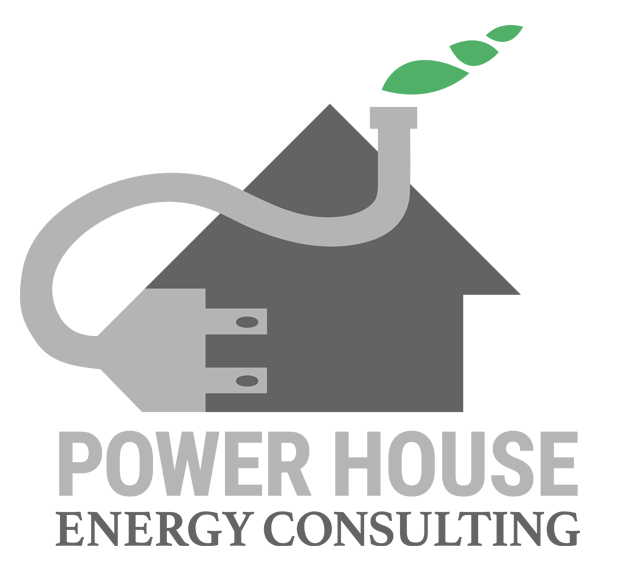Air Sealing Drywall to Top Plate
Air seal drywall to top plates at all attic/wall interfaces to minimize air leakage.
Install drywall then seal the seam from the attic side with caulk, foam, or drywall adhesive (but not other construction adhesives).
ORBefore installing drywall, install caulk or other sealant or a foam gasket to the face of the top plate then install the drywall. If this method is used, make sure the sealant or gasket remains intact during the drywall installation.
Gypsum board drywall is an air barrier material (BSC 2009). The taping of drywall seams results in a plane of air tightness at the field of the wall. However, several steps must be taken to use this material properly to create a continuous and complete air barrier system. To do this, it is important to create a continuous air barrier at the perimeter of drywall assemblies as well as at all penetrations through the drywall. This is done by sealing any drywall edges to framing members. This requires a continuous sealant along all exterior wall bottom and top plates, all top plates at insulated ceilings, rough opening perimeters, and both sides of the first interior stud of partition walls (BSC 2009).
This air sealing can be achieved by applying caulk, glue, sprayer-applied sealant, or strips of foam gasket material to the surface of the top plates, bottom plates, and framing around doors and windows before installing the drywall.
Wrong- Top plate to drywall connection not sealed
Right- Top plate to drywall connection sealed from attic with foam sealant



